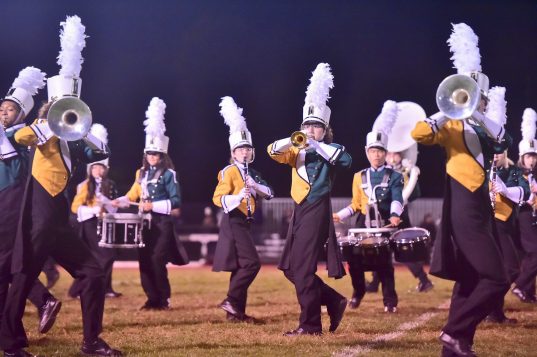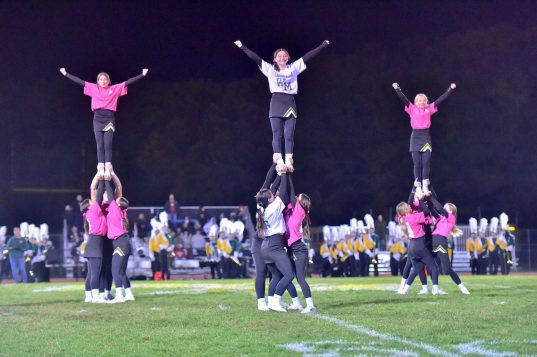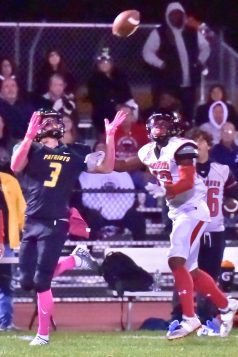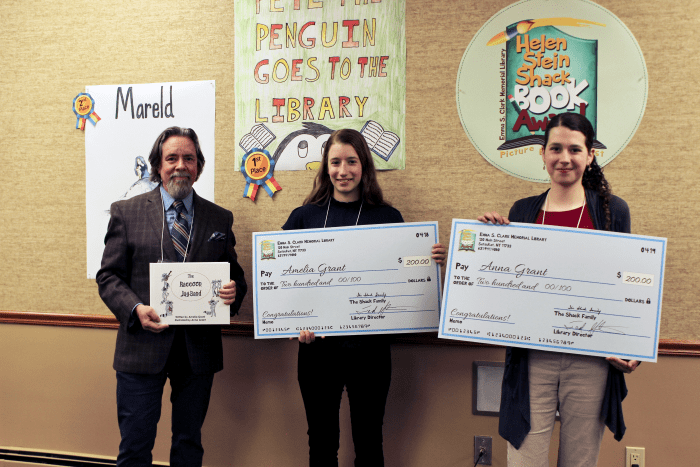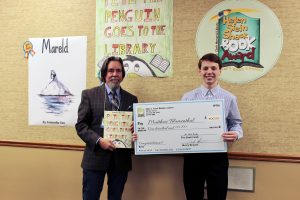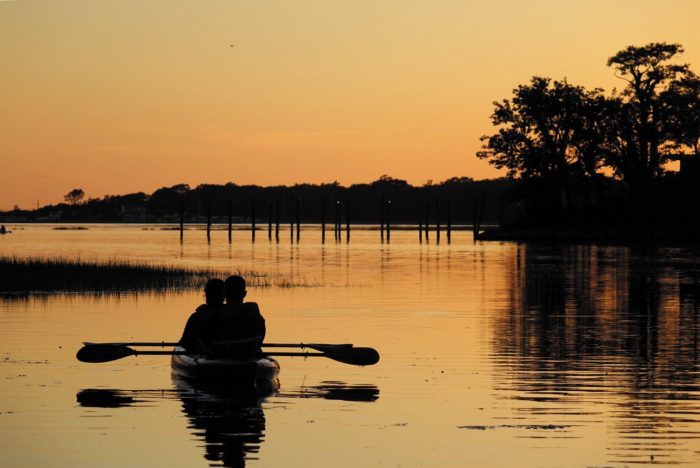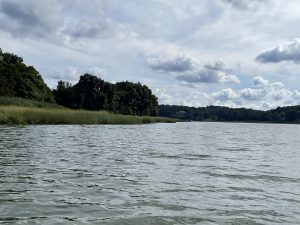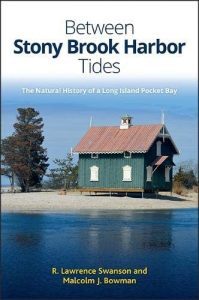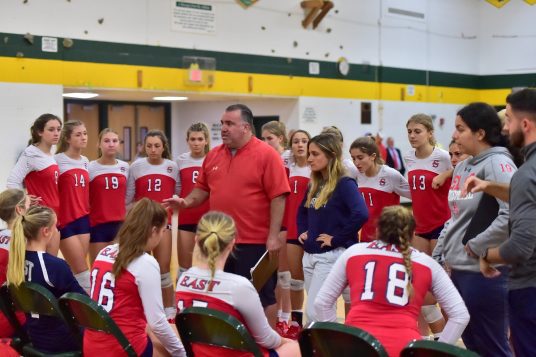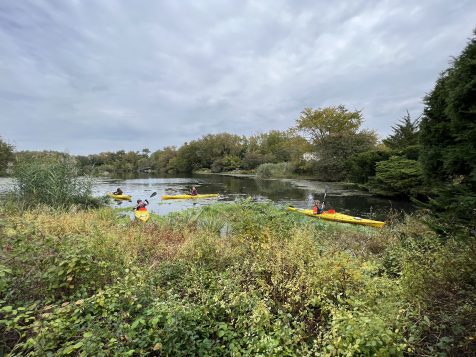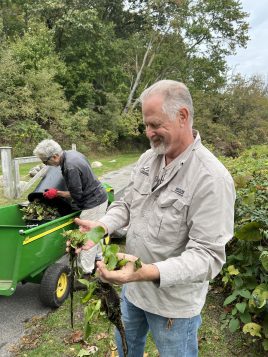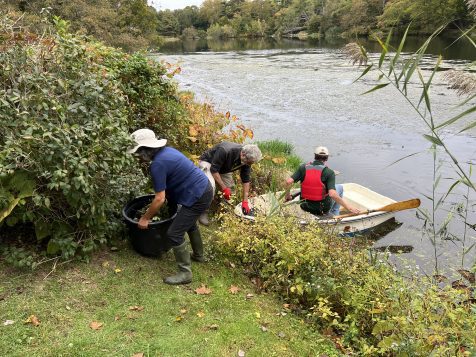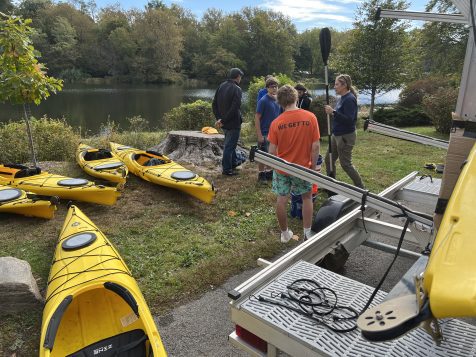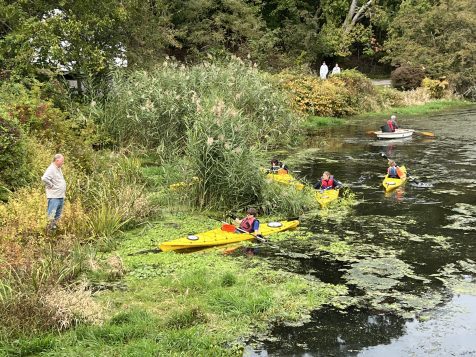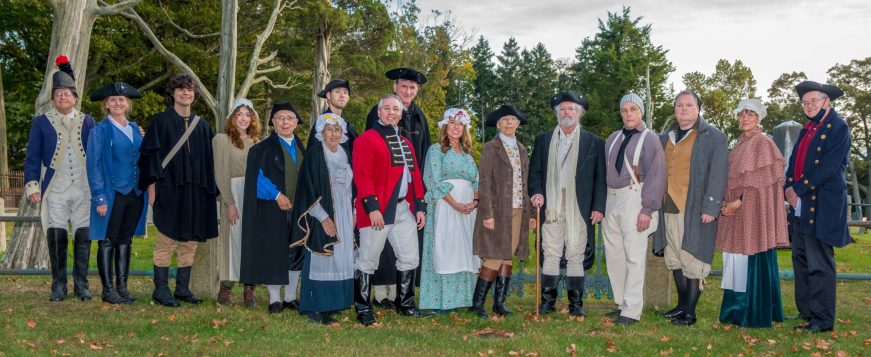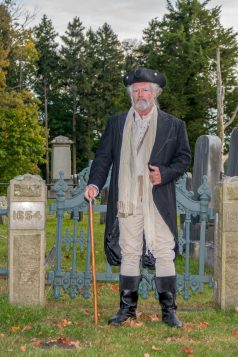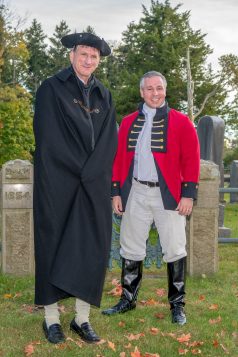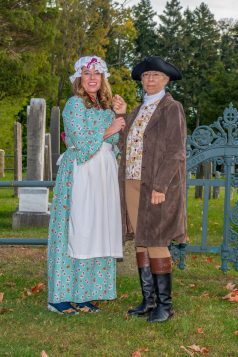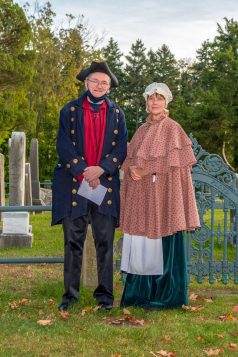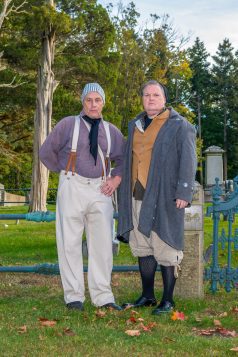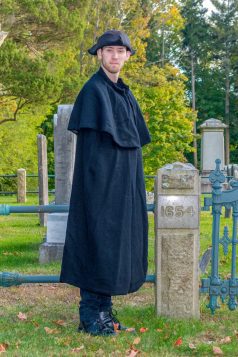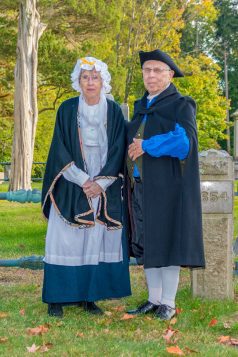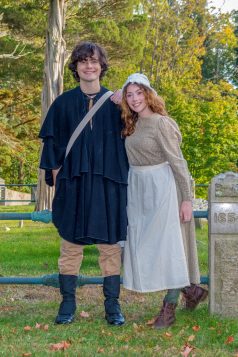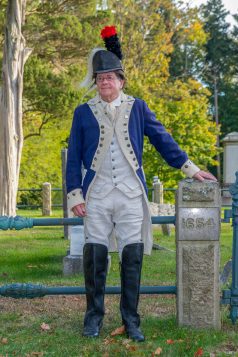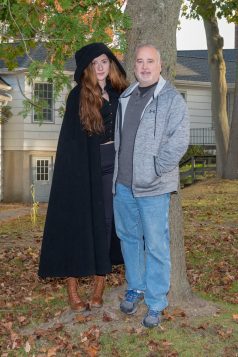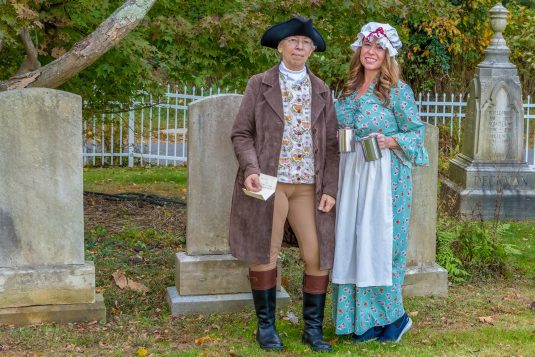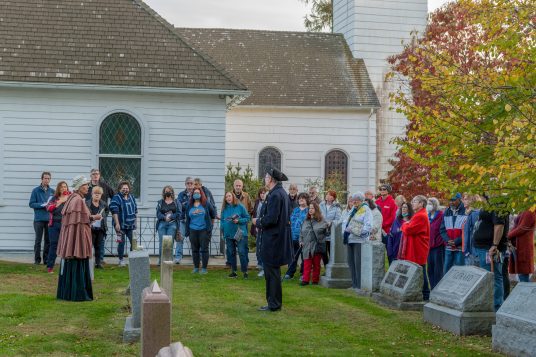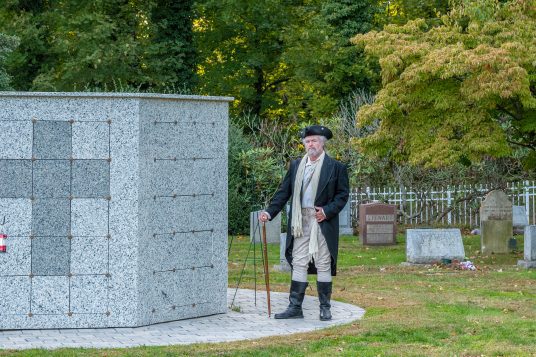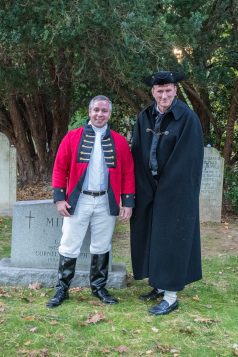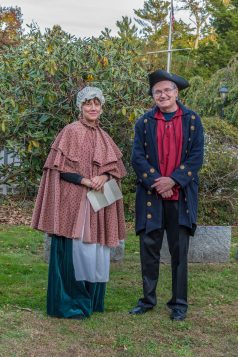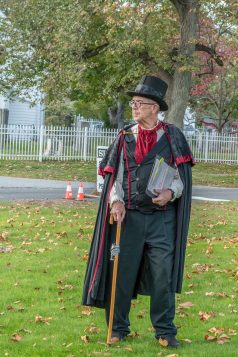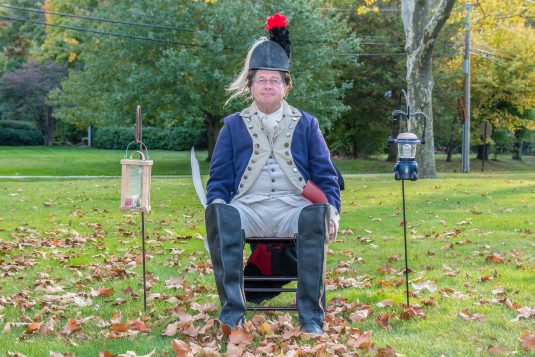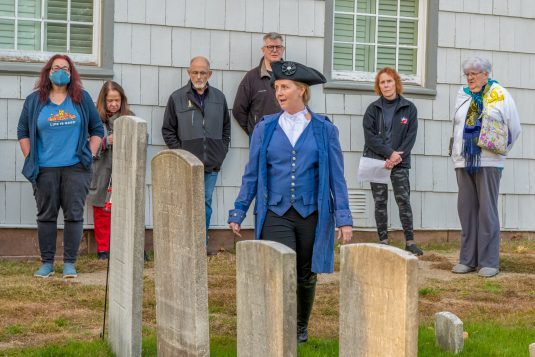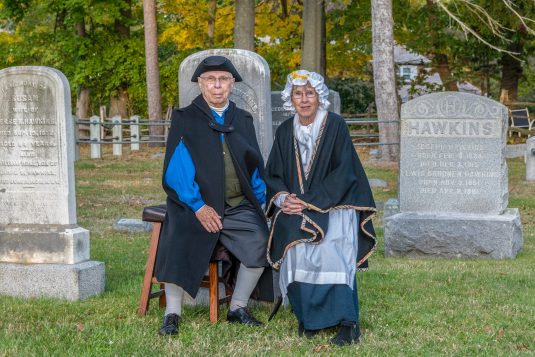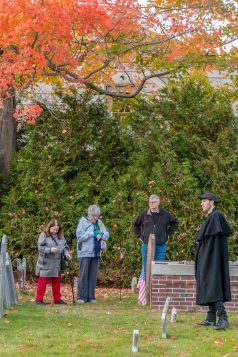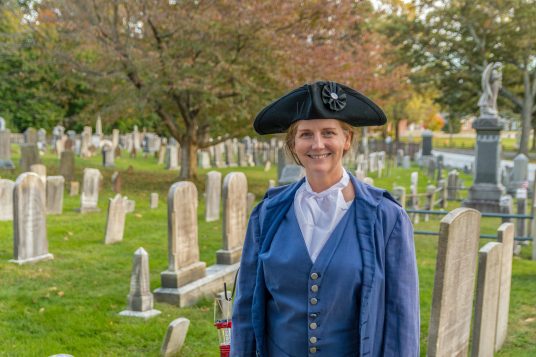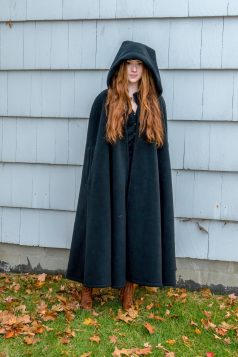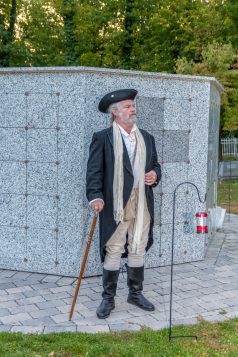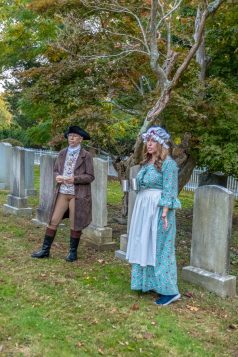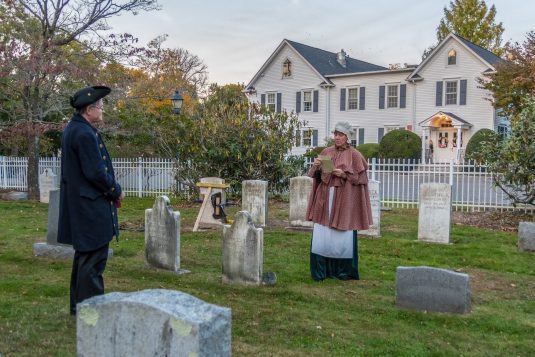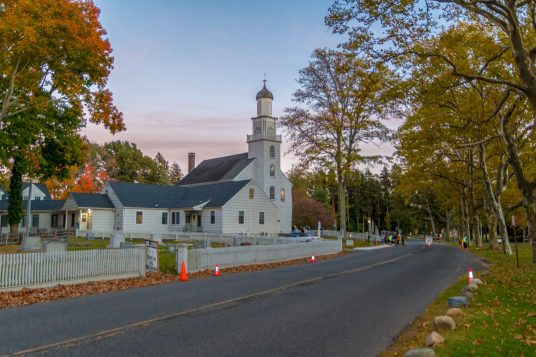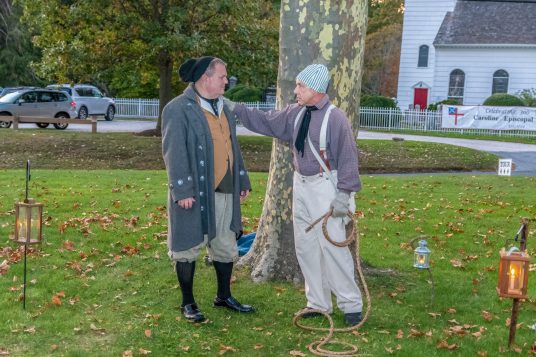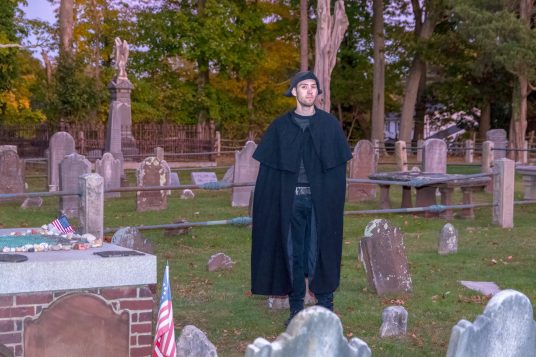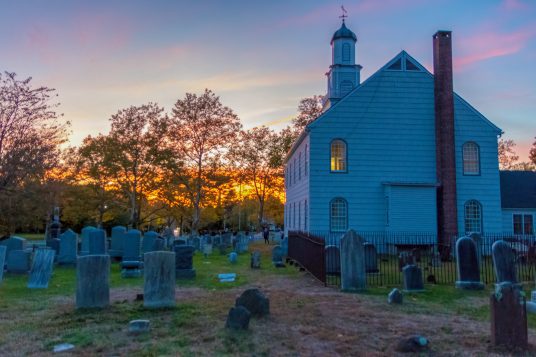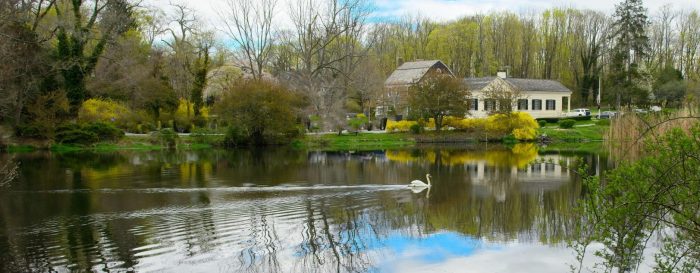This fall and winter, several infections have their sights set on your lungs.
Amid threats from diseases that affect other organ systems, three of them — COVID-19, the flu and respiratory syncytial virus — can and often do attack the lungs.
While the current strain of COVID isn’t as lethal as the original, the virus continues to mutate, leading to new strains and, potentially, to different strains later this fall.
At the same time, the flu and RSV have been waiting for an opening after COVID protections like masks also kept them at bay during 2020 and 2021.
“How bad is the winter going to be?” asked Dr. Sharon Nachman, chief of the Division of Pediatric Infectious Diseases at Stony Brook Children’s Hospital. “It will be based on more [COVID] variants coming through, with a strong flu season, which is never something you want to see.”
The number of cases of respiratory illnesses like RSV and the flu has been lower in the last few years. The lack of exposure to those viruses, however, may give them an opening for a stronger return in the population.
These viruses “didn’t paddle along for a while,” Nachman said. “Now, they are paddling furiously. Everyone is seeing them.”
People’s immune systems may not be prepared for the threat from these recurring viruses.
When people arrive at the hospital, health care officials often see the same symptoms, with coughing and sneezing.
“It could be one, two or three” causes at the same time, Nachman said.
The combination of contracting more than one virus at the same time could lead to prolonged and painful illnesses.
COVID reality
Much as people would like to return to a pre-pandemic reality, the SARS-CoV2 virus not only continues to infect people, but it also remains something of an evasive target, with mutations leading to new variants.
While area hospitals don’t test for the specific COVID strain when patients are sick, doctors expect that some of the people who have contracted the disease have the modern variants.
“Undoubtedly, many cases that are coming to our Emergency Department are due to the new Omicron sub-variants,” said Dr. Sunil Dhuper, chief medical officer at Port Jefferson’s St. Charles Hospital. “Information from the Centers for Disease Control and Prevention has shown that Omicron BA.5 cases are trending downwards and the cases due to the sub-variants are on the rise.”
“The purpose of the vaccine is to attenuate the symptoms from the virus and reduce the severity of illness, hospitalizations and/or death.”
— Dr. Sunil Dhuper
Symptoms of the newer variants are similar to others, with fever, chills, cough, runny nose, fatigue, muscle or body aches, shortness of breath, loss of smell or taste, sore throat, nausea or vomiting and diarrhea, Dhuper explained.
Doctors said it was difficult to gauge how effective the new bivalent COVID vaccines are against the latest strains.
The latest booster may “not be active against all the coming variants,” explained Dr. Phillip Nizza, attending infectious disease physician at St. Charles Hospital.
The new booster was designed to enhance the reaction to the BA.4 and BA.5 variants.
“We don’t have enough data” to determine the effectiveness of the booster against current and future threats, Nachman said. “How effective it will be depends” on differences between the booster and the strain someone contracts.
Still, the vaccine is likely to provide some benefits, doctors said.
“The purpose of the vaccine is to attenuate the symptoms from the virus and reduce the severity of illness, hospitalizations and/or death,” Dhuper wrote. “And I think the vaccines would be very successful in accomplishing that objective.”
Even for people who have been infected recently with COVID, Nachman urged people to get a booster.
The combination of an infection and a booster “Is always better than not getting a vaccine,” Nachman said. “You should get a vaccine. The timing is tricky” and could involve getting a dose two weeks after contracting the virus or waiting.
The viral threat during the December holidays, in particular, is higher, so Nachman urges being as immunized as possible before then.
With people not wearing masks and not even testing for the virus even when they get sick, Nachman suggested that it’s “highly likely” the country will see new variants by the spring.
Nachman urged people to take steps to protect themselves, which includes eating well, exercising, receiving the latest vaccination and limiting exposure, particularly for those who might be vulnerable.
“Take care of yourself,” Nachman urged.
At Stony Brook University Hospital, the wards are busy, with a steady stream of patients coming in, receiving treatment and getting discharged, Nachman said.
“We’re seeing a lot of other viral illnesses,” she added.
She sees a ramp-up in RSV, which she doesn’t expect to peak until Thanksgiving.
Dhuper remains concerned about viral threats this fall and winter.
“We do anticipate a worse flu season this year as the herd immunity is at a lower level,” he wrote. “People should get their flu shots sooner rather than later as that is the only primary protection we have to offer. People with comorbidities should particularly be concerned as the likelihood of severe illness, hospitalization and even death could be higher without the protection from the vaccine.”
While Nizza hasn’t seen any major spike in the flu yet, he suggested in an email that “now would be a good time to get vaccinated.”
Got all that? Good, now, when you’re outside, far from other people and you want to give your lungs a break, take a deep, cleansing breath. Other times? Protect your health and the health of your family and community.























